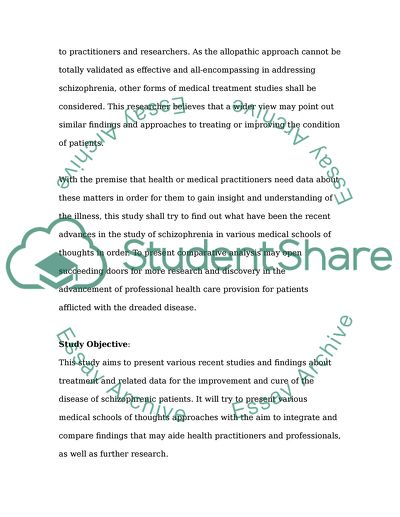Cite this document
(“Understanding Schizophrenia: A Comparison of Recent Studies Essay”, n.d.)
Understanding Schizophrenia: A Comparison of Recent Studies Essay. Retrieved from https://studentshare.org/psychology/1529337-understanding-schizophrenia-a-comparison-of-recent-studies
Understanding Schizophrenia: A Comparison of Recent Studies Essay. Retrieved from https://studentshare.org/psychology/1529337-understanding-schizophrenia-a-comparison-of-recent-studies
(Understanding Schizophrenia: A Comparison of Recent Studies Essay)
Understanding Schizophrenia: A Comparison of Recent Studies Essay. https://studentshare.org/psychology/1529337-understanding-schizophrenia-a-comparison-of-recent-studies.
Understanding Schizophrenia: A Comparison of Recent Studies Essay. https://studentshare.org/psychology/1529337-understanding-schizophrenia-a-comparison-of-recent-studies.
“Understanding Schizophrenia: A Comparison of Recent Studies Essay”, n.d. https://studentshare.org/psychology/1529337-understanding-schizophrenia-a-comparison-of-recent-studies.


